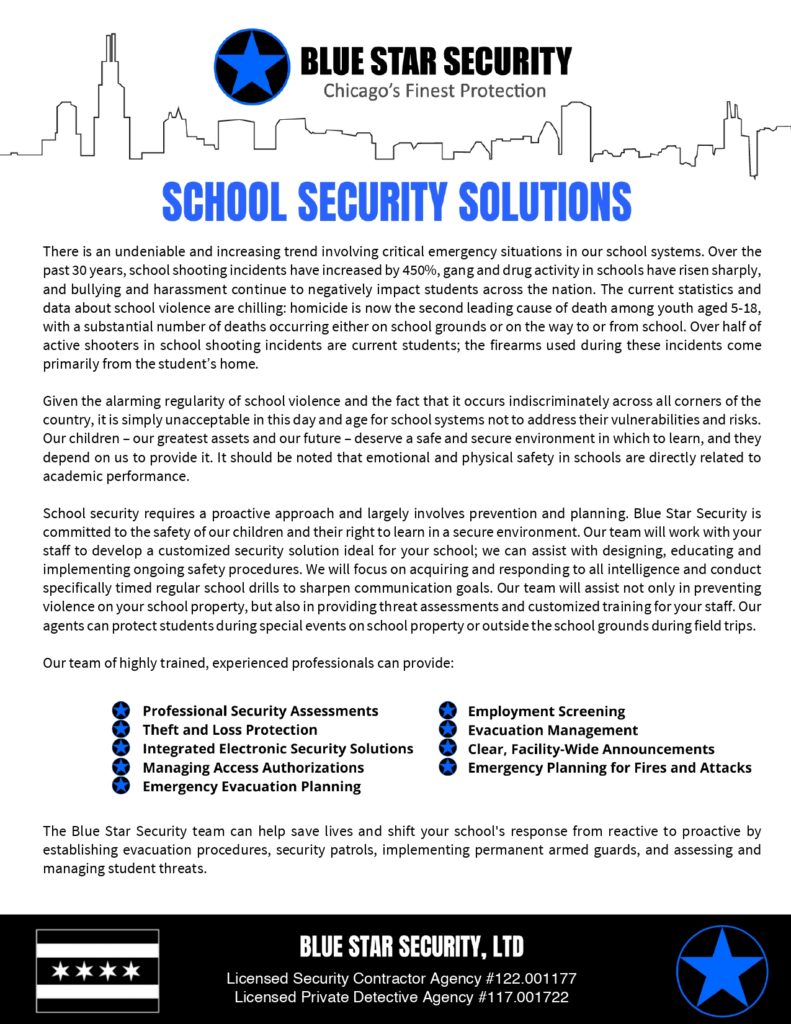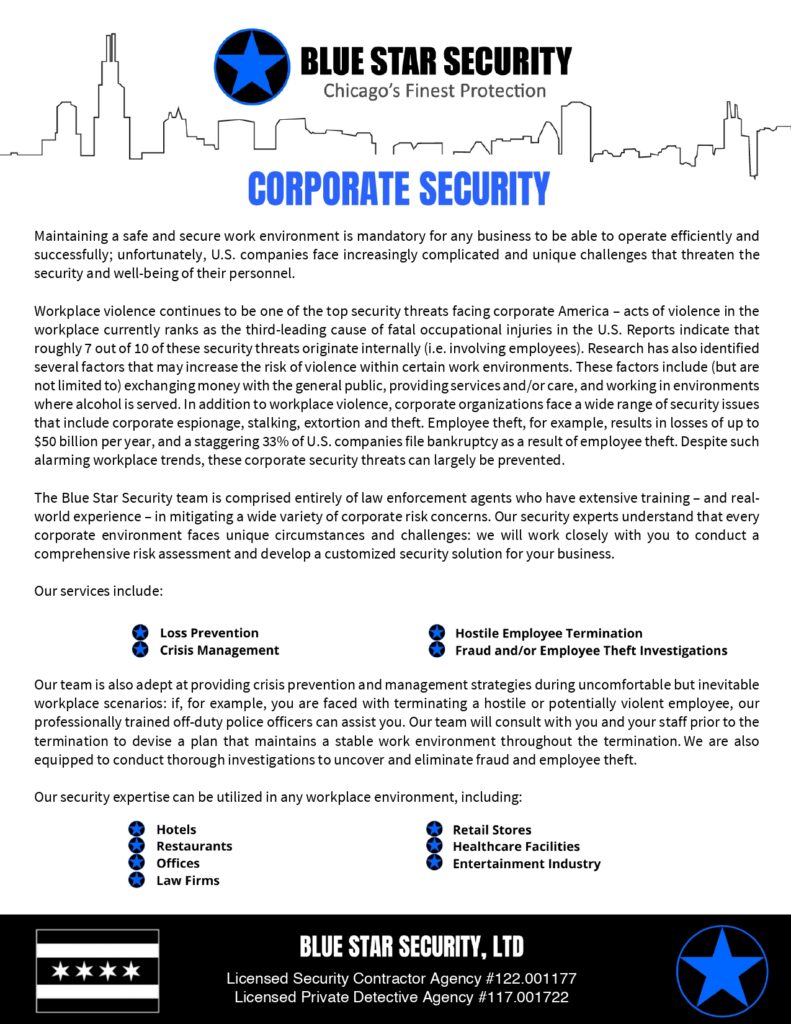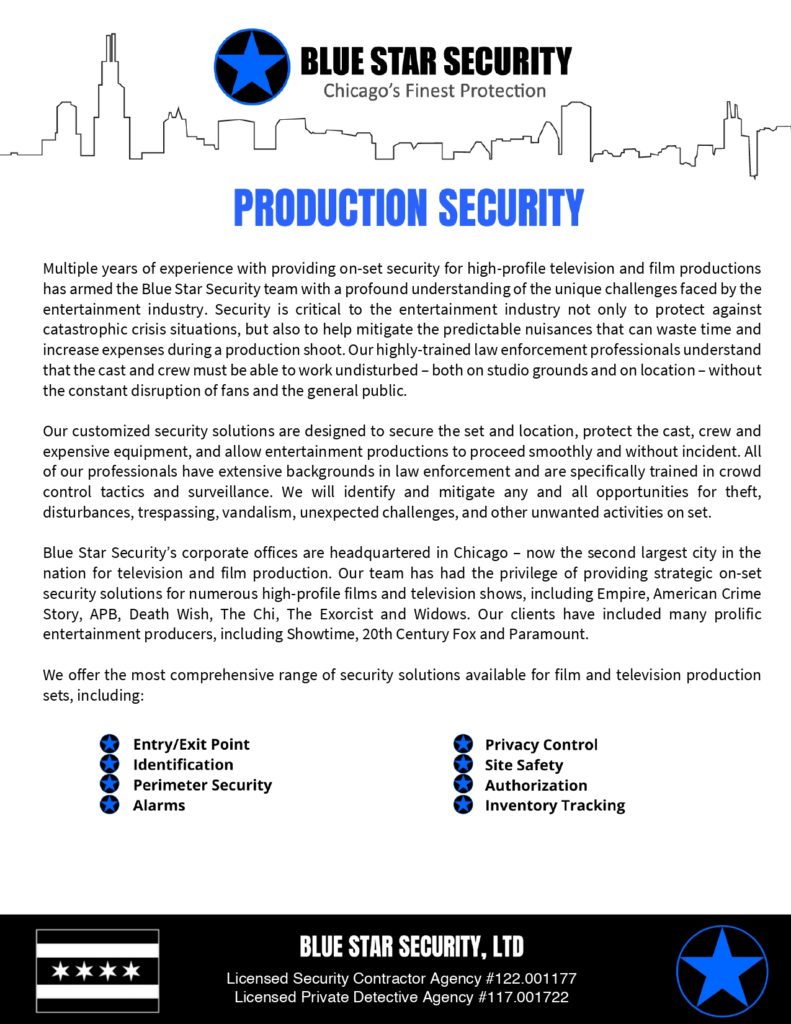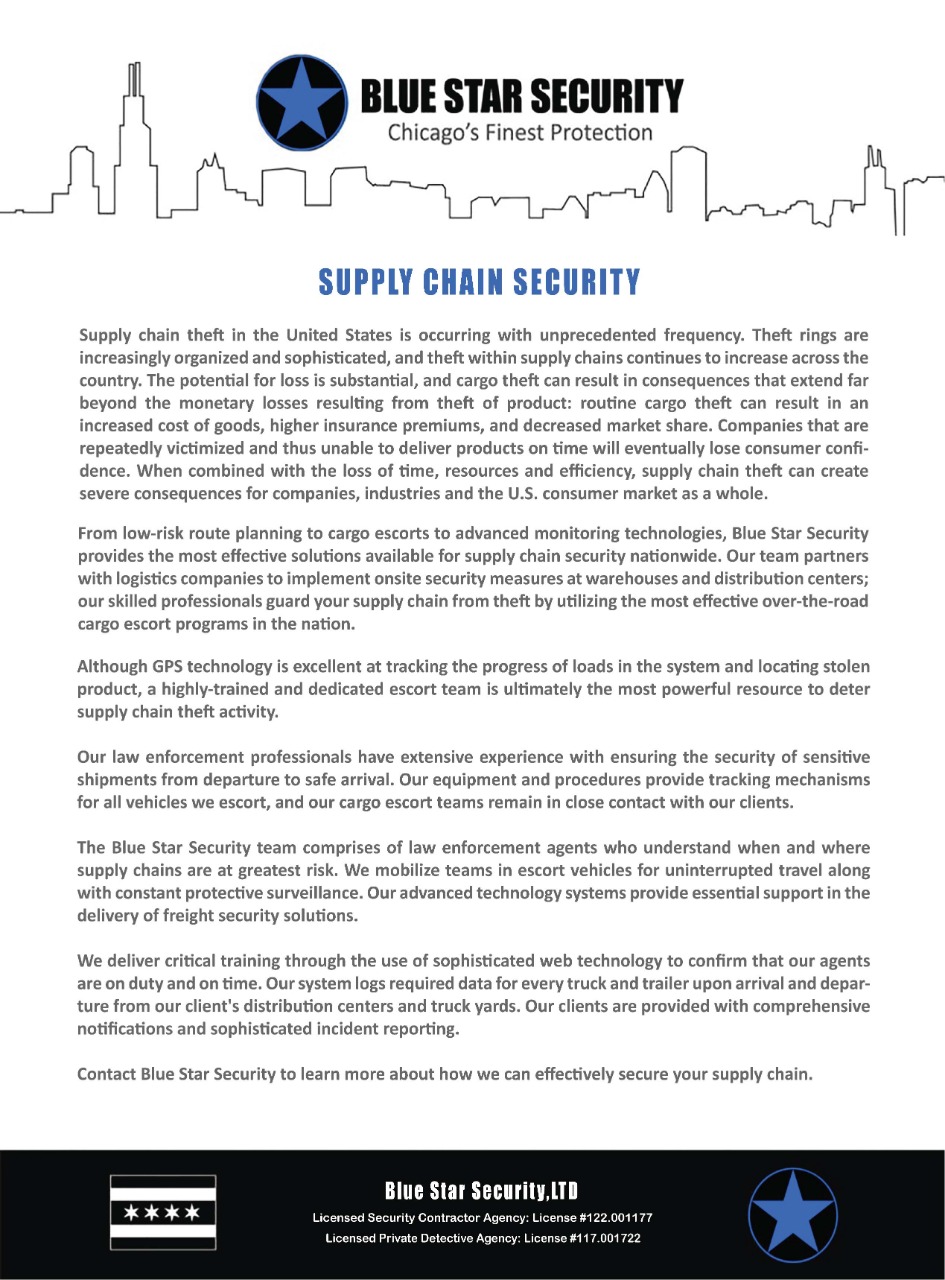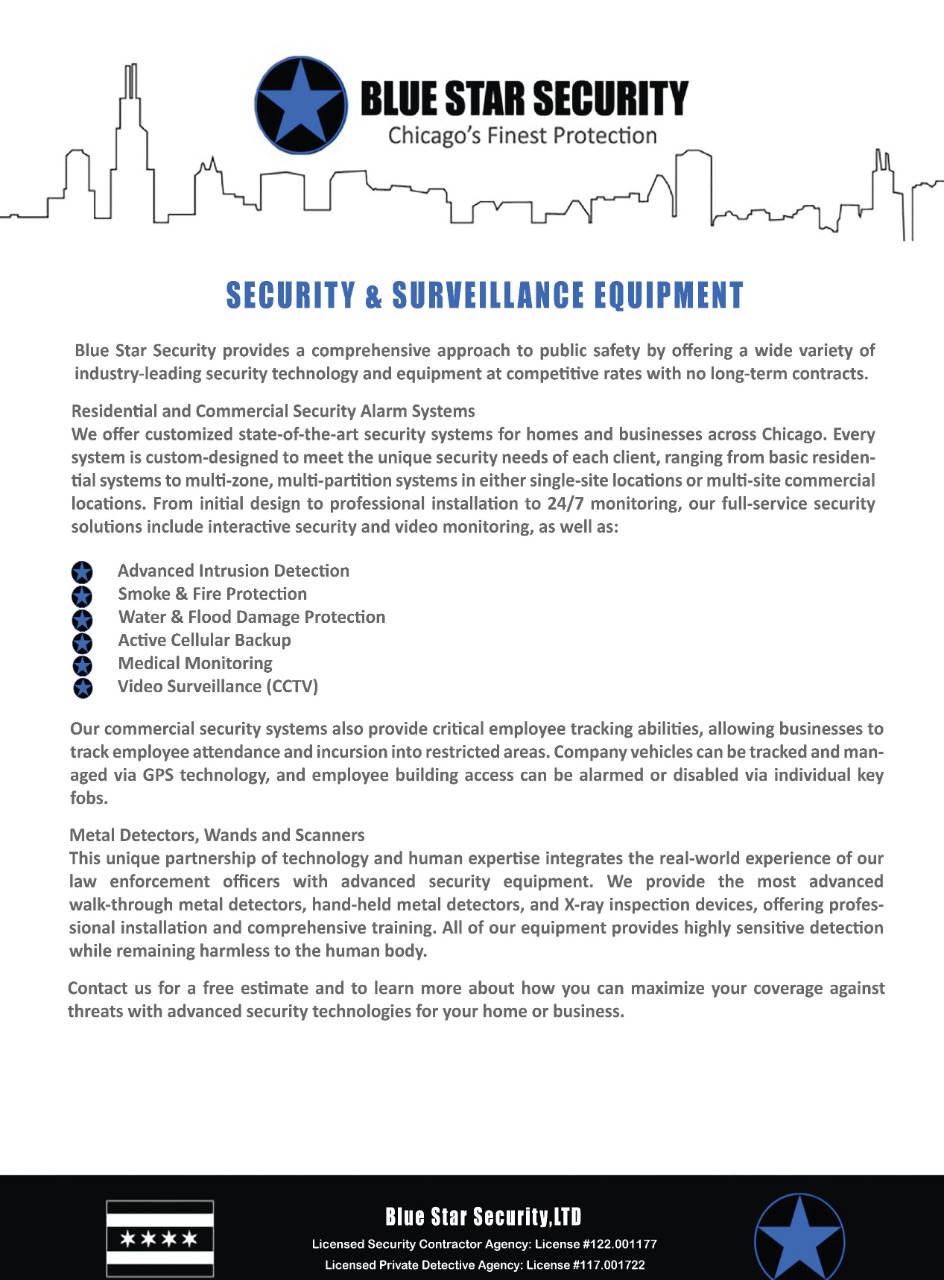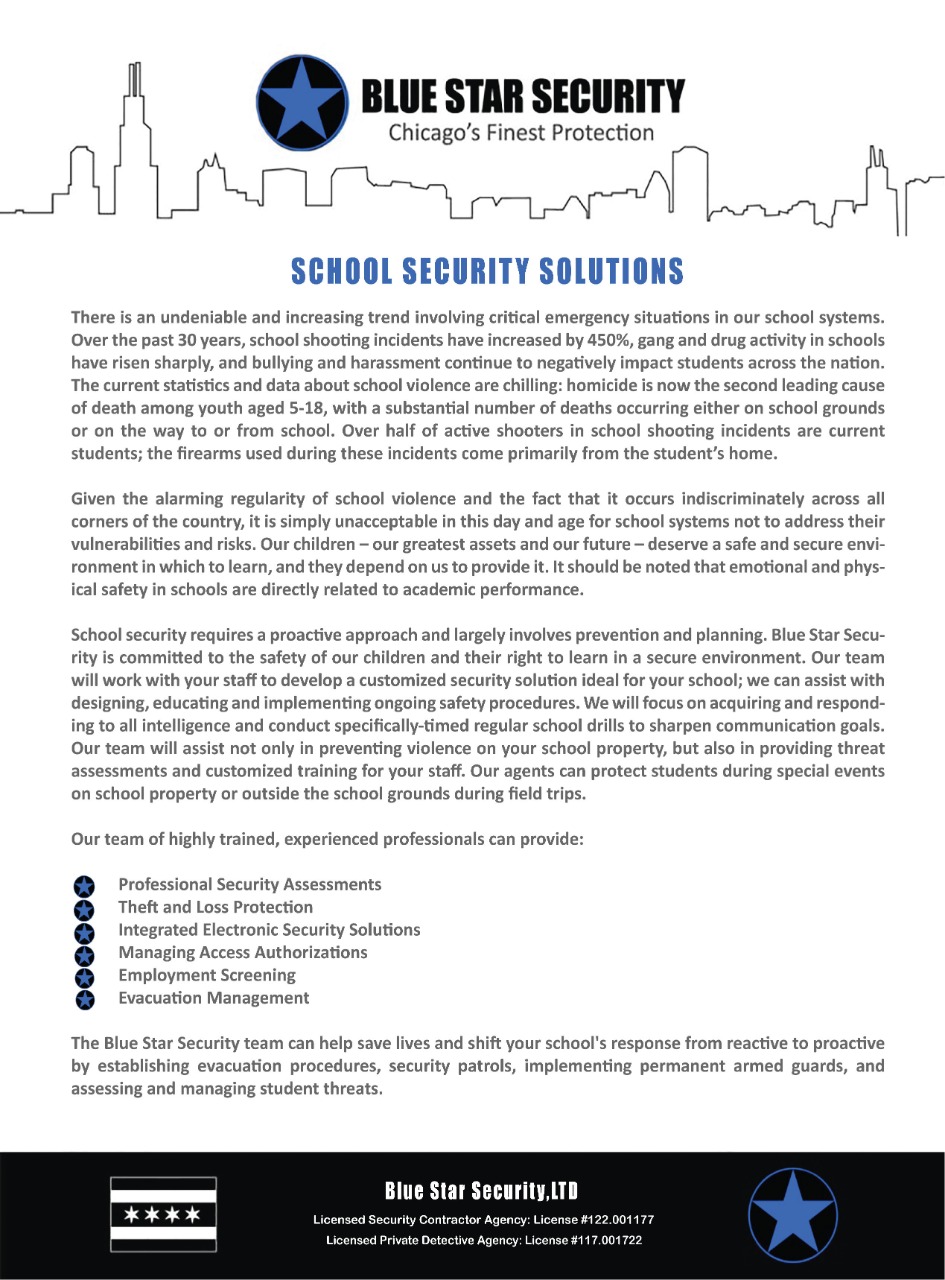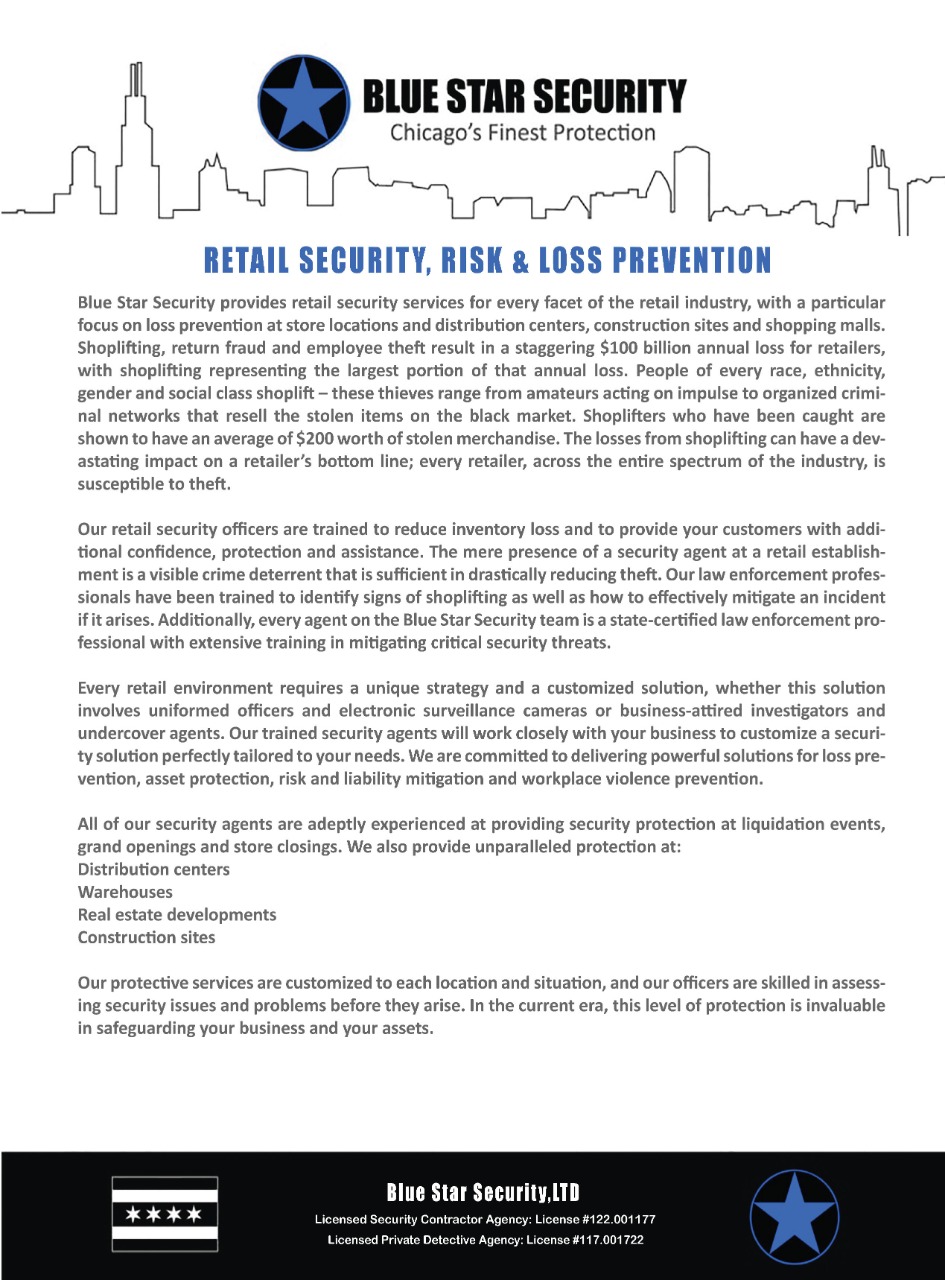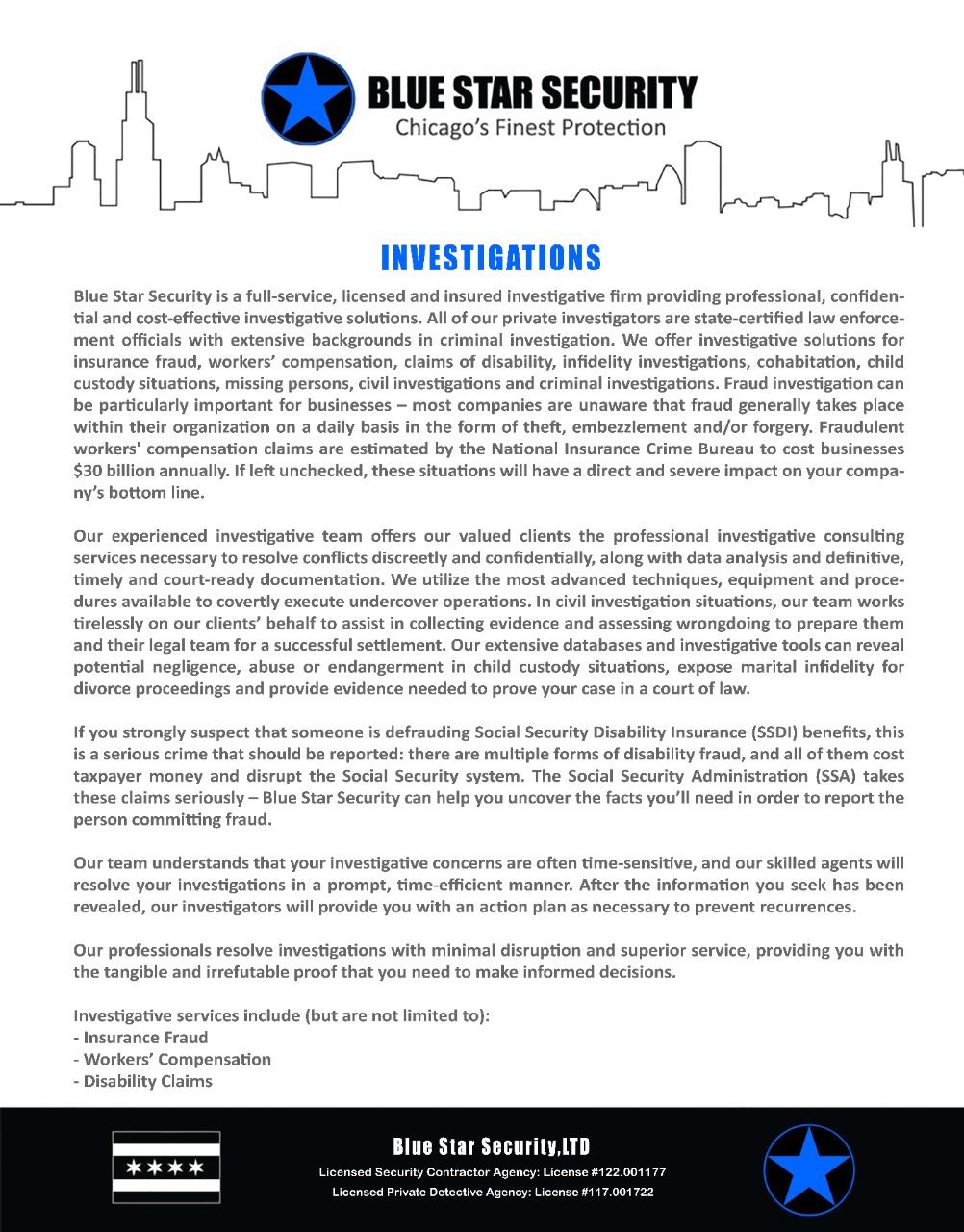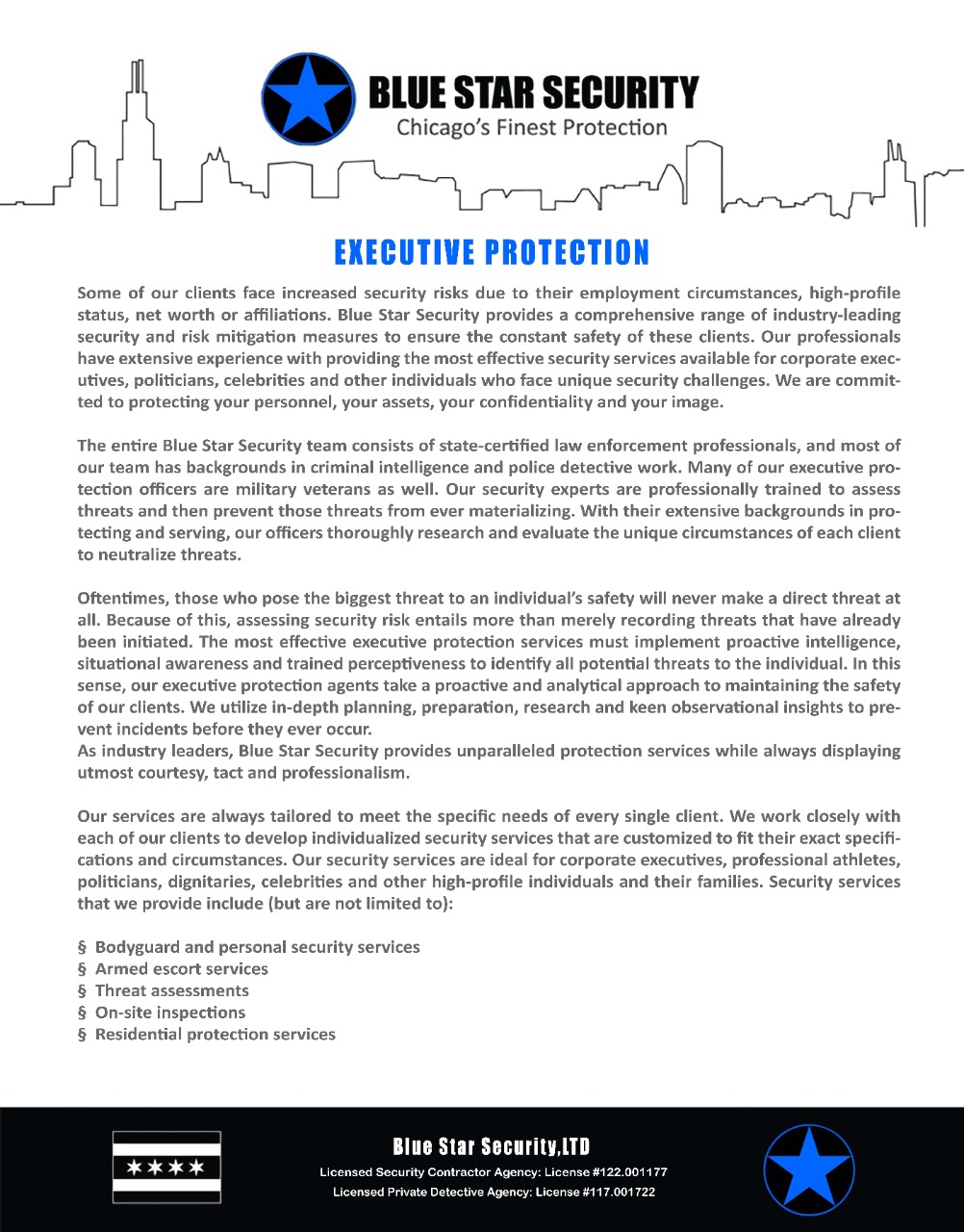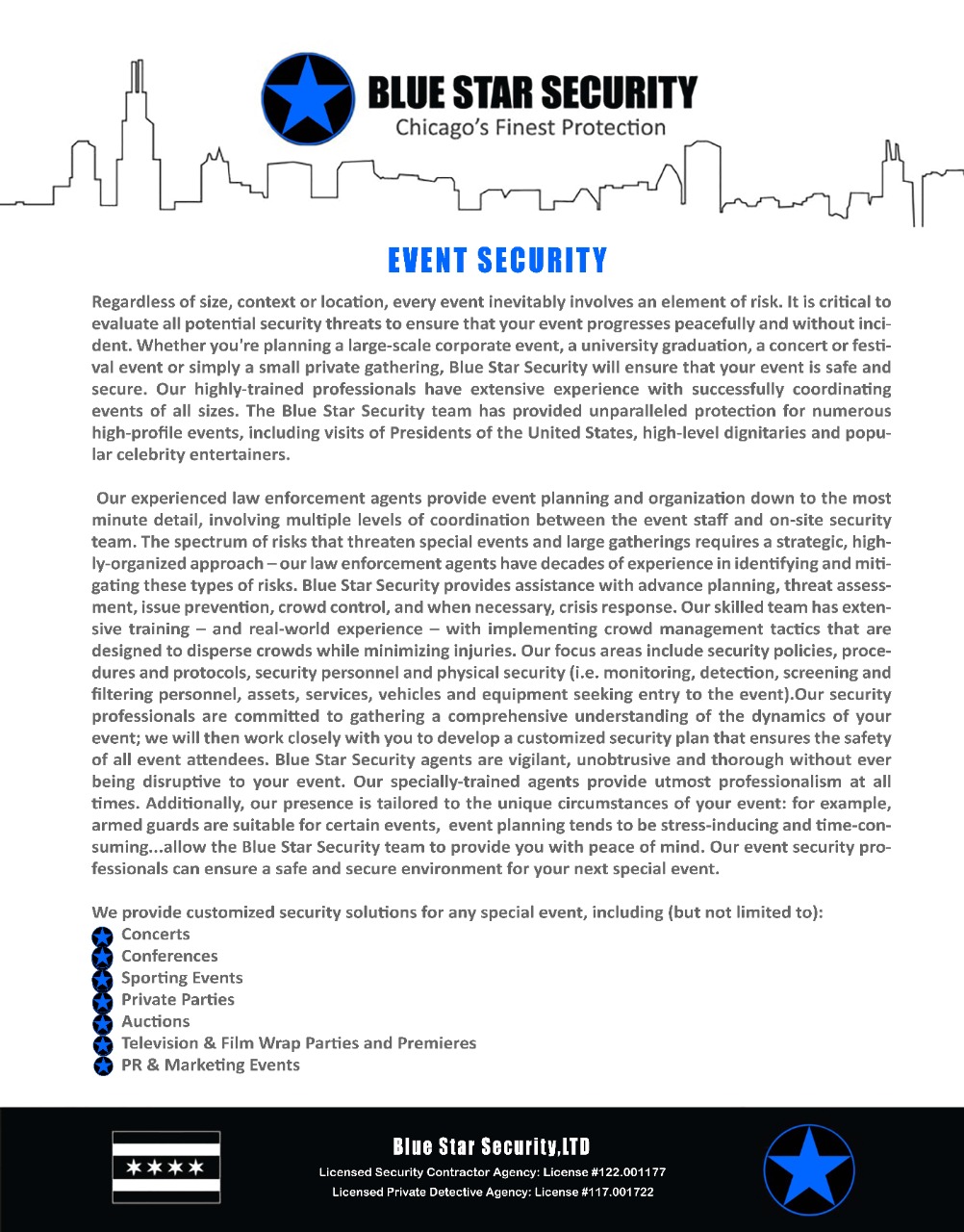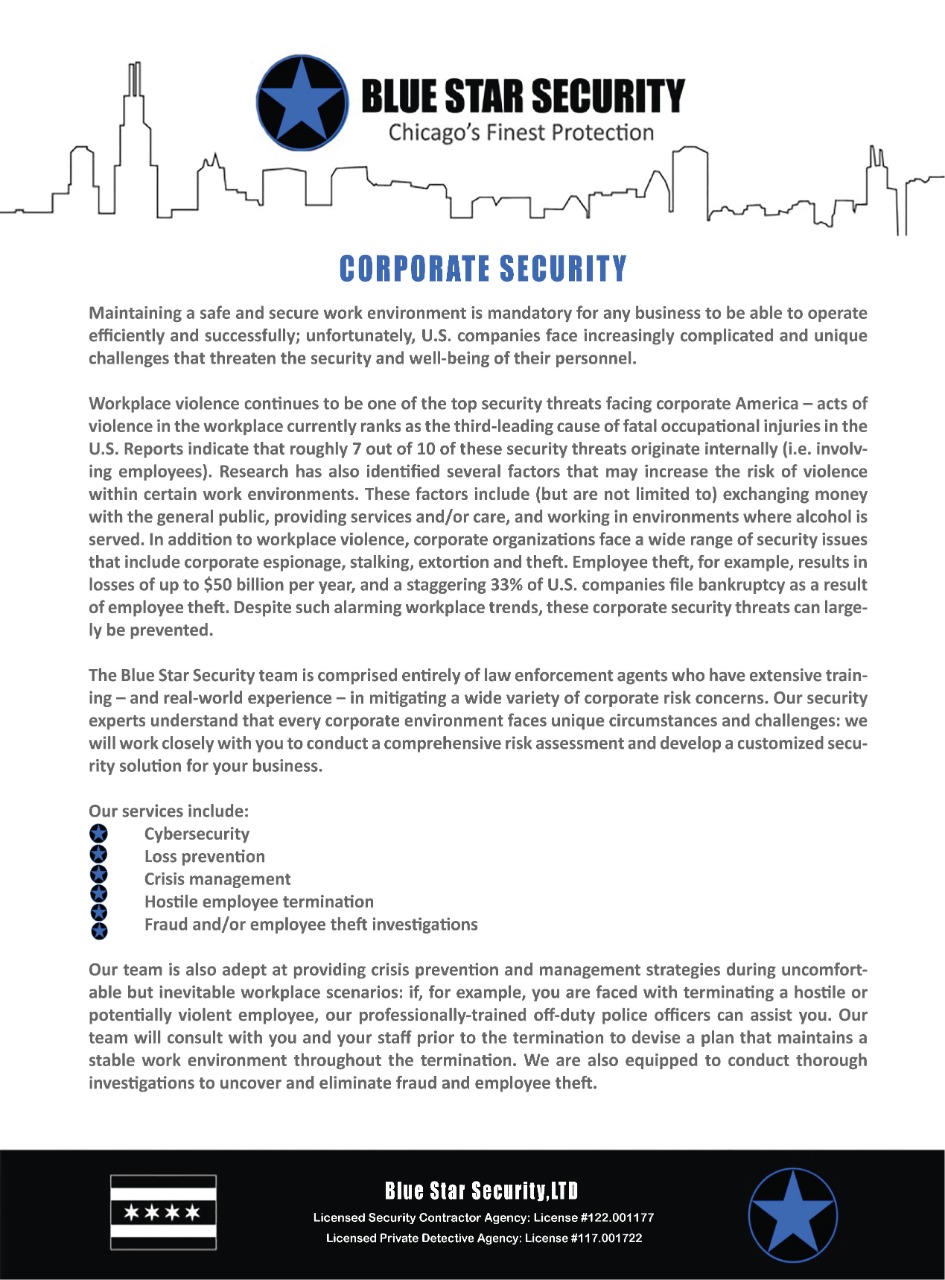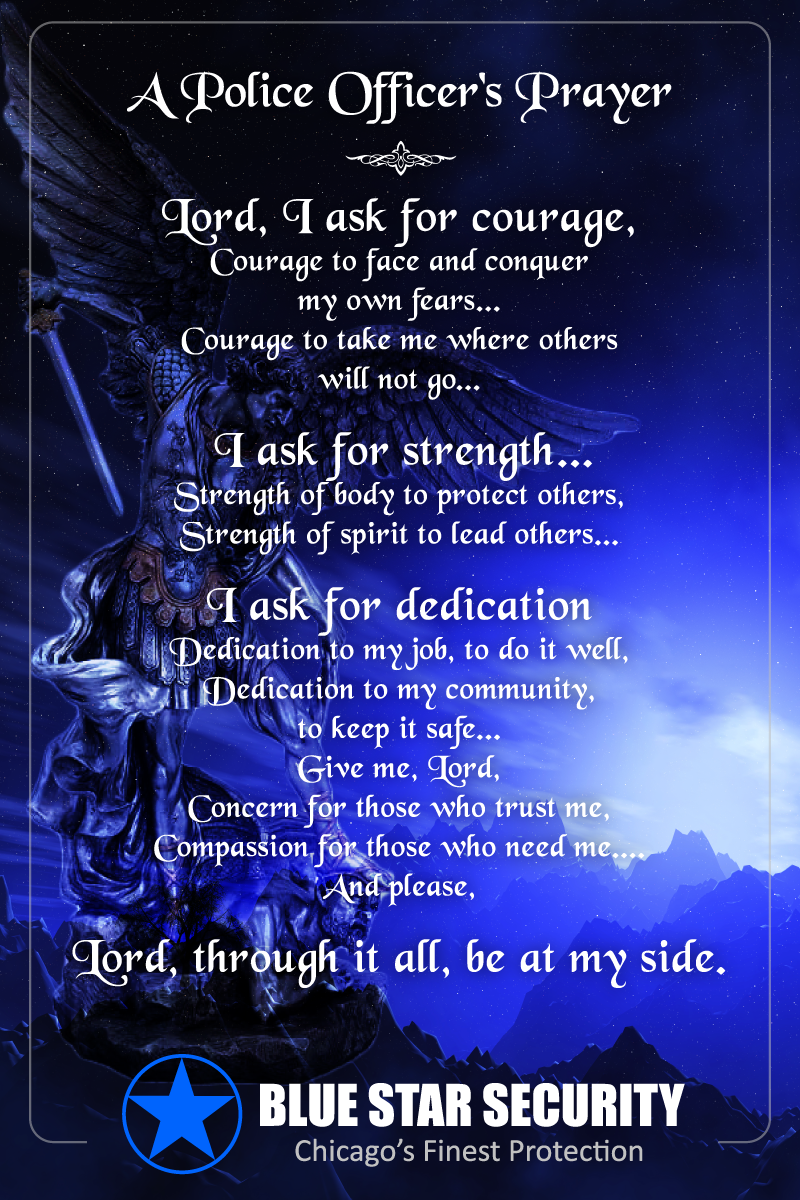Organizing a successful event in 2024 requires meticulous planning, particularly when it comes to security. The evolving landscape of threats and regulations means that event security must be comprehensive, adaptable, and proactive. At Blue Star Security, we understand the importance of creating a secure environment that allows attendees to enjoy the event without concerns. Here are the key considerations for planning and executing a secure event in 2024.
Understanding Risk Assessment
The foundation of effective event security is a thorough risk assessment. This process involves identifying potential threats and vulnerabilities specific to your event and its location. Here’s how to approach it:
- Identify Potential Threats: Consider the types of threats that could impact your event. These might include physical threats such as unruly attendees, health emergencies, or environmental hazards. Understanding the nature of these threats is the first step in mitigating them.
- Evaluate Vulnerabilities: Assess the aspects of your event that are most susceptible to these threats. This could involve analyzing the venue’s layout, the number of entry and exit points, and areas where large crowds will gather.
- Prioritize Risks: Not all risks carry the same level of threat. Prioritize them based on their likelihood and potential impact. This will help you allocate resources effectively and address the most critical vulnerabilities first.
Developing a Security Plan
With a comprehensive risk assessment in hand, the next step is to develop a robust security plan. This plan should detail the procedures and protocols that will be in place to mitigate identified risks and ensure the safety of all attendees.
Key Components of a Security Plan
- Access Control: Managing who enters and exits the event is crucial. This includes setting up checkpoints, verifying tickets or credentials, and potentially employing security personnel to monitor these areas.
- Crowd Management: Large gatherings require careful management to prevent overcrowding and ensure safe movement. This might involve designating walkways, placing barriers, and clearly marking entrances and exits.
- Emergency Response: Outline the procedures for various emergency scenarios, such as medical incidents, fires, or evacuations. Assign roles and responsibilities to specific team members and ensure everyone is familiar with the protocols.
- Communication Plan: Effective communication is vital during an event, especially in an emergency. Ensure you have reliable communication tools in place and that all security personnel are trained to use them. Establish a clear chain of command for decision-making and information dissemination.
- Coordination with Local Authorities: Work closely with local law enforcement, fire departments, and medical services. This collaboration ensures that external support is readily available if needed and that local authorities are aware of the event’s security measures.
Implementing Physical Security Measures
While the goal is to avoid creating a fortress-like atmosphere, certain physical security measures are essential for protecting the event and its attendees. These measures should be discreet yet effective.
Controlled Access Points
Managing access to the event is a fundamental aspect of security. This doesn’t mean closing doors, but rather controlling and monitoring who comes in and out.
- Main Entrances: Designate specific entrances for regular use and ensure they are monitored. Greeters or ushers can welcome attendees while keeping an eye out for unusual activity.
- Emergency Exits: Clearly mark all emergency exits and ensure they are easily accessible. Conduct regular drills to familiarize staff and attendees with exit routes and procedures.
Enhanced Lighting
Proper lighting can significantly enhance security without compromising the event’s welcoming atmosphere. Well-lit areas deter potential threats and make it easier for security personnel and attendees to spot suspicious activities.
- Exterior Lighting: Ensure that the exterior of the venue, including parking lots and pathways, is well-lit. Motion-sensor lights can be an effective way to maintain security while conserving energy.
- Interior Lighting: Maintain adequate lighting inside the venue, especially in hallways, stairwells, and other commonly used areas.
Natural Surveillance
Designing the event’s environment to enhance natural surveillance can improve security while preserving an open feel. This involves arranging spaces so that people can easily see and be seen.
- Landscaping: Keep shrubs and trees trimmed to avoid creating hiding spots. Use low fences or hedges that define the property boundaries without obstructing visibility.
- Windows: Ensure that windows allow for clear views of the surrounding area. This can help security personnel spot potential threats from a distance.
Training and Preparedness
Security personnel must be well-trained and prepared to handle various situations that may arise during the event. This includes both routine scenarios and emergencies.
Staff Training
- Regular Drills: Conduct regular training drills that simulate different emergency scenarios. This helps ensure that all staff members know their roles and responsibilities.
- First Aid Training: Equip security personnel with basic first aid skills. This enables them to provide immediate assistance in case of medical emergencies until professional help arrives.
- De-escalation Techniques: Train staff in de-escalation techniques to manage conflicts without resorting to force. This is particularly important for maintaining a peaceful and welcoming atmosphere.
Preparedness Measures
- Emergency Kits: Ensure that emergency kits are readily available and stocked with necessary supplies, such as first aid items, flashlights, and communication devices.
- Evacuation Plans: Develop clear evacuation plans and ensure they are communicated to all staff and attendees. Practice these plans regularly to ensure everyone knows what to do in case of an emergency.
Final Thoughts
Balancing open doors and security at events in 2024 is a complex task that requires careful planning and execution. By conducting thorough risk assessments, developing comprehensive security plans, implementing physical security measures, and ensuring proper training and preparedness, event organizers can create a safe and welcoming environment for all attendees. At Blue Star Security, we are committed to helping you achieve this balance, providing expert guidance and support every step of the way. Together, we can ensure that your event is not only secure but also enjoyable for everyone involved.
Our seasoned law enforcement team excels in meticulous event planning and organization, ensuring seamless coordination between event staff and on-site security. Before securing events, Blue Star Security performs thorough security assessments to pinpoint potential risks and vulnerabilities. These assessments are crucial for understanding the unique security needs of each event and developing tailored Security Plans to mitigate any threats. By analyzing the venue, crowd size, event type, and other relevant factors, we strategically deploy our security personnel to maintain a safe environment for all attendees. Our proactive security planning approach allows us to effectively address security concerns and provide peace of mind to event organizers and participants.
Managing the diverse risks associated with special events and large gatherings demands a strategic, well-organized approach. Our law enforcement agents have decades of experience in identifying and mitigating these risks. Blue Star Security assists with advance planning, threat assessment, issue prevention, crowd control, and crisis response when necessary. Our team is extensively trained and experienced in implementing crowd management tactics designed to disperse crowds while minimizing injuries. Our focus areas include security policies, procedures, and protocols; security personnel and physical security measures such as monitoring, detection, and screening of individuals, assets, services, vehicles, and equipment seeking entry to the event. Additional strategic areas include credentialing, background screening, training and awareness, information sharing, intelligence gathering, liaison, and risk management.
Our security professionals are dedicated to gaining a comprehensive understanding of your event’s dynamics. We work closely with you to develop a customized security plan that ensures the safety of all attendees. Blue Star Security agents are vigilant, unobtrusive, and thorough without being disruptive to your event. Our specially trained agents maintain utmost professionalism at all times. Additionally, our presence is tailored to the specific needs of your event: armed guards may be suitable for certain events, while others benefit from a less invasive, behind-the-scenes security approach.
Event planning can be stressful and time-consuming, even without considering security. Let the Blue Star Security team provide you with peace of mind. Our event security professionals ensure a safe and secure environment for your next special event, allowing you to focus on delivering an exceptional experience for your guests.
Contact the Blue Star Security team to discuss a customized plan for the security of your next event: call us at 708-669-7470 or contact us online at https://bluestarsecurityllc.com/contact-us/
To learn more about our Event Security services, visit https://bluestarsecurityllc.com/services/event-security/



